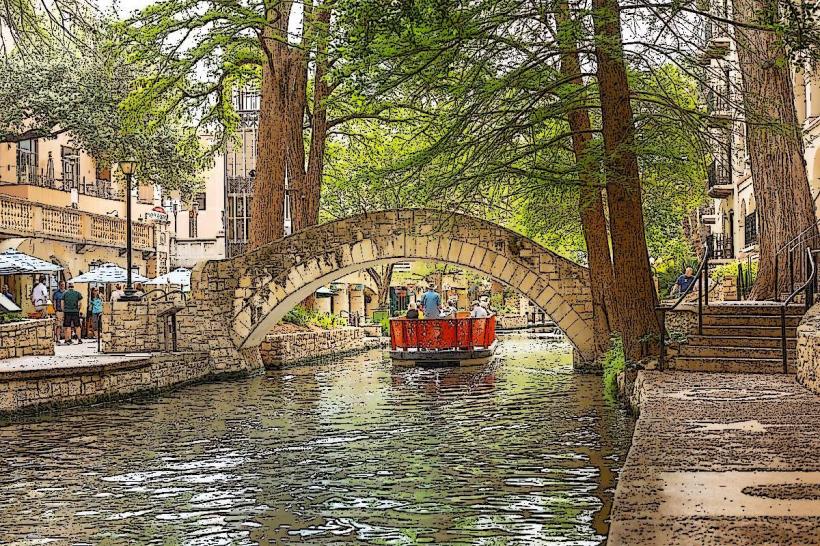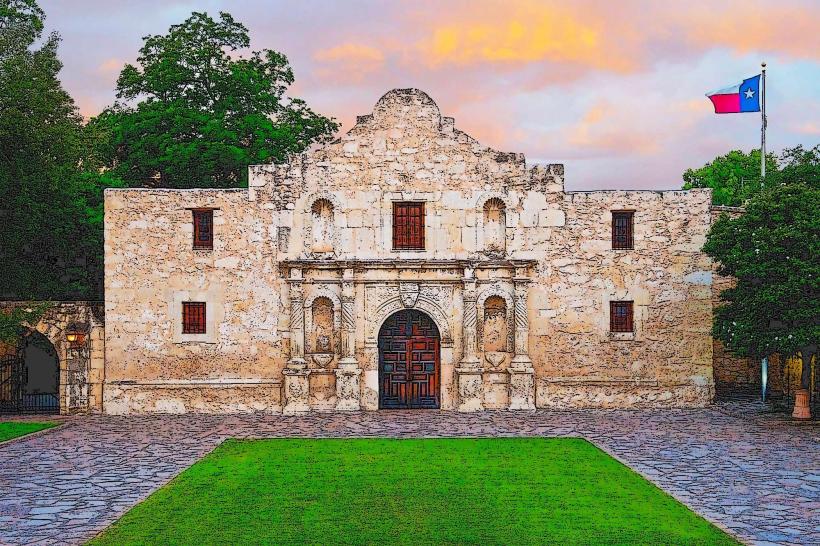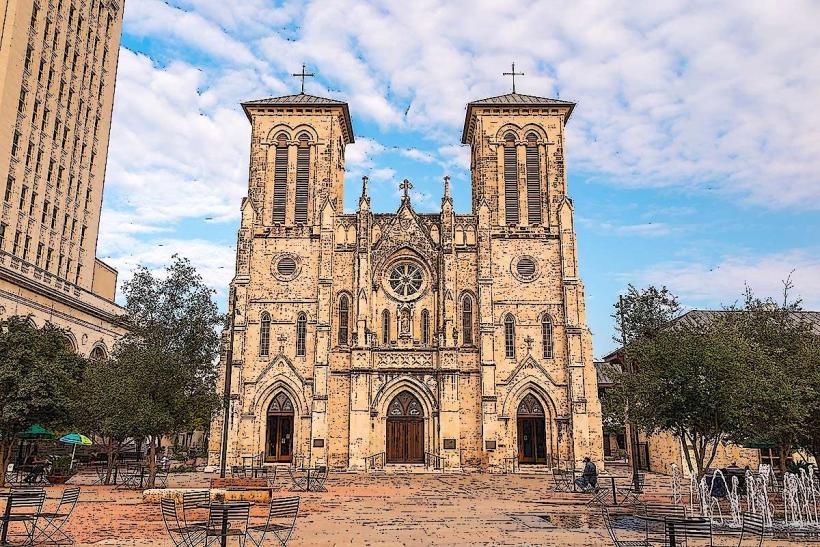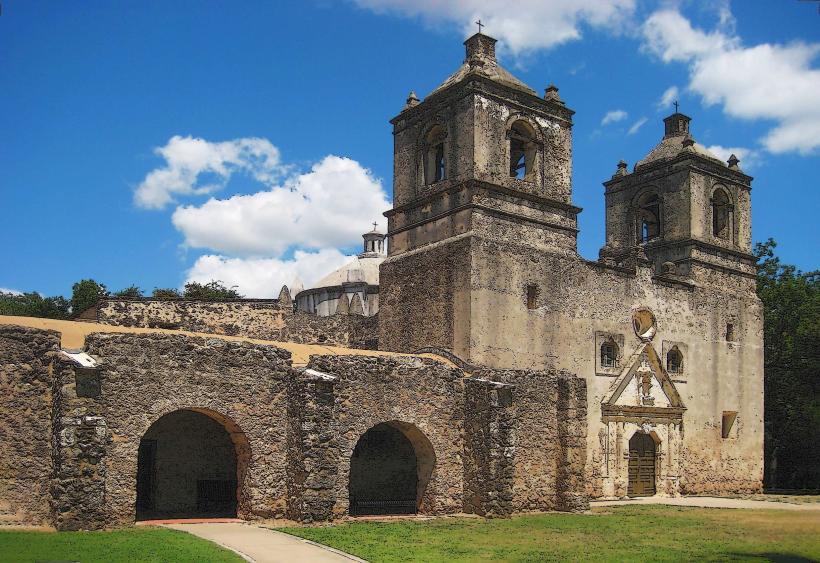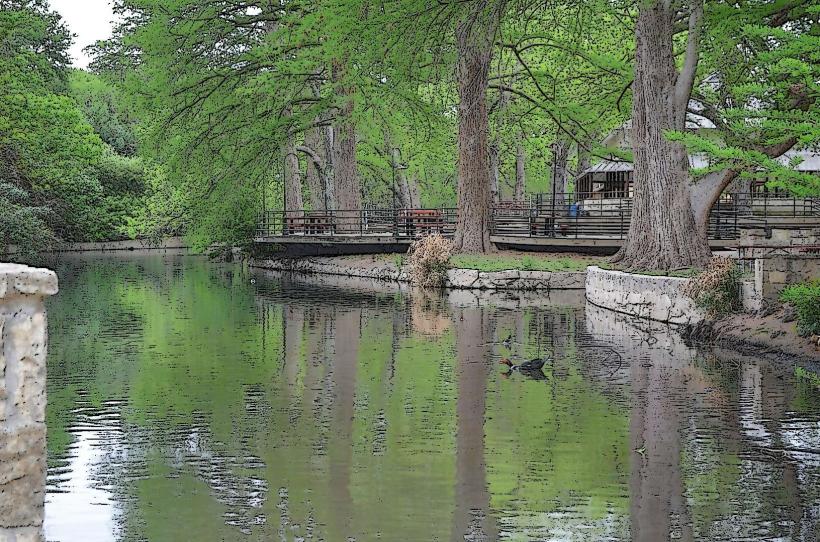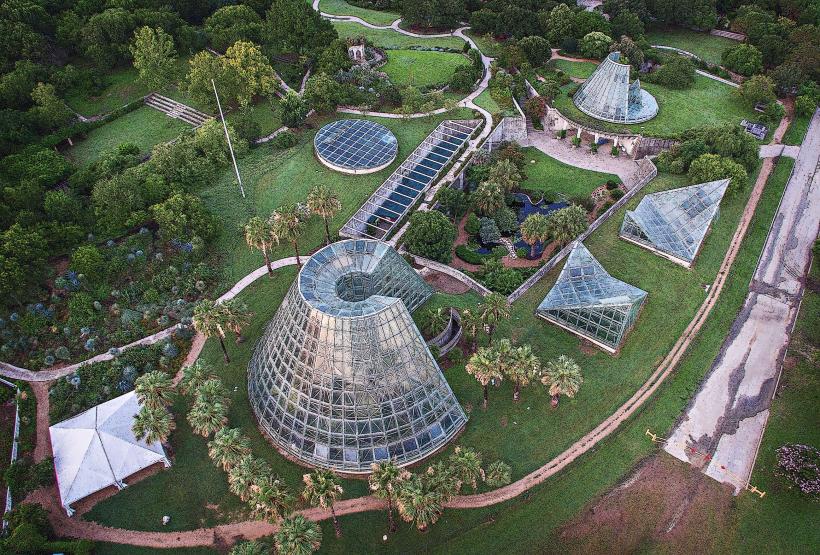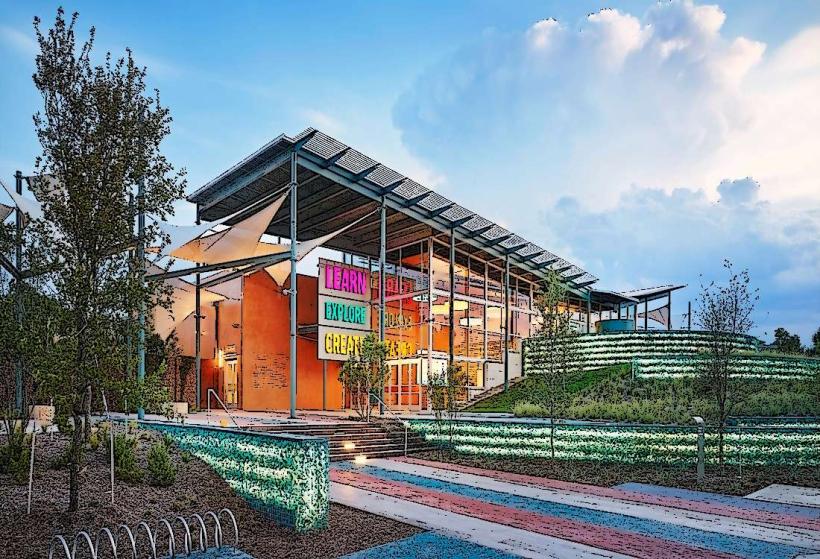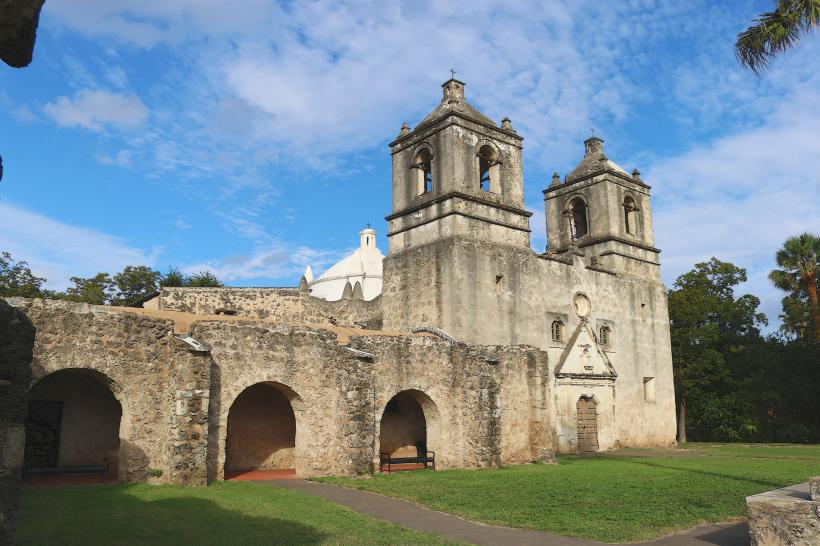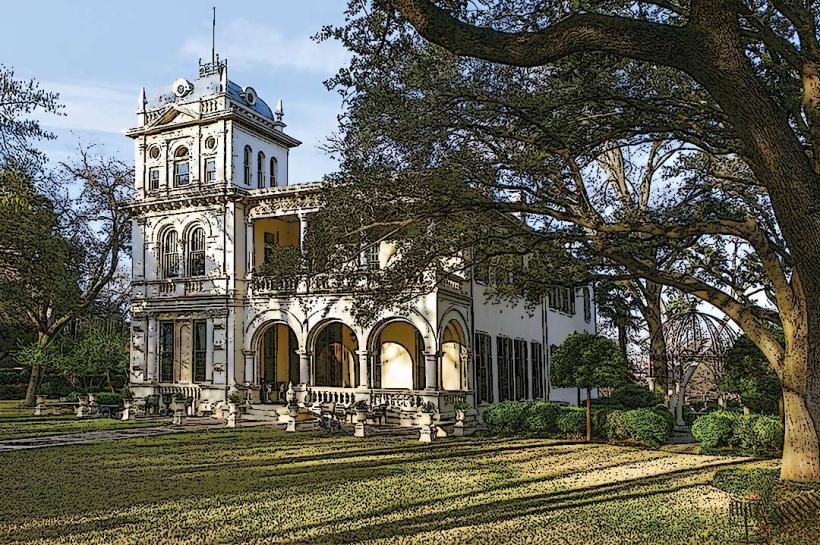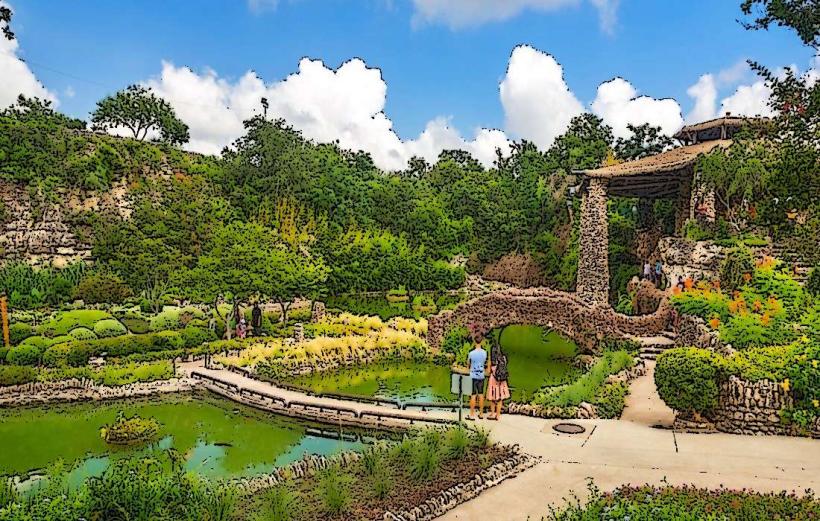Information
Landmark: Tower Life BuildingCity: San Antonio
Country: USA Texas
Continent: North America
Tower Life Building, San Antonio, USA Texas, North America
The Tower Life Building is an iconic structure in downtown San Antonio, Texas, with a rich history that dates back to the late 1920s. Its architecture, cultural significance, and evolution over the decades make it one of the most prominent landmarks in the city. Here’s a detailed look at the building’s history, design, and its role in San Antonio’s architectural and cultural landscape.
History and Development
Initial Planning and Construction:
The Tower Life Building, originally named the Smith-Young Tower, was conceived by John H. Smith and F. Albert Smith, local real estate developers, along with their partner J.W. Young, an attorney. Designed by the firm Ayres & Ayres, the building was intended as an office tower, marking the beginning of San Antonio’s transformation into a modern city.
Construction of the tower began in 1928 and was completed in 1929. Standing 31 stories tall with a height of 404 feet, it was, at the time, the tallest building in Texas outside of Dallas and Houston. Its location on East Commerce Street, at the northern edge of the downtown district, made it a striking addition to the city's skyline.
Economic Context and Opening:
The building’s opening in June 1929 was only a few months before the stock market crash, which triggered the Great Depression. Despite the economic downturn, the Tower Life Building became a significant part of the city’s commercial landscape. For several years, it stood as a symbol of both San Antonio’s ambitious development and the challenges of the era.
The Sears Department Store:
The lower six floors of the Tower Life Building housed the flagship store for Sears, Roebuck & Co., one of the first locations for the retailer in San Antonio. The remaining floors were used for office spaces. Over the years, the building’s use diversified, and it became a focal point for business and commerce in San Antonio.
Architectural Features
Design Style and Materials:
The Tower Life Building was designed in the Late Gothic Revival style, which was uncommon for commercial buildings in the U.S. at the time. Its most distinctive feature is the octagonal shape, which sets it apart from the more common rectangular skyscrapers of the period. The exterior is made of brick and terra-cotta, materials that allowed for intricate detailing and ornamentation, typical of Gothic Revival architecture.
The upper floors of the building are adorned with grotesques—a type of carved stone figure often found on Gothic buildings. These grotesques are not traditional gargoyles but are part of the ornate aesthetic that defines the building’s upper levels.
Roof and Tower:
One of the building’s most iconic features is its green Ludowici tile roof, which has become a defining element of its appearance. The roof is punctuated by a distinctive pinnacle that was designed to evoke the image of a medieval fortress.
Originally, the building also featured a television transmission antenna installed in 1953, making it an early center for broadcast communications in San Antonio. This antenna was later removed in 2010, and a copper tophouse and flagpole were added, bringing the building closer to its original design.
Ownership and Name Changes
From Smith-Young to Tower Life:
The building has undergone several name changes throughout its history. Originally called the Smith-Young Tower, it was later renamed the Pan-American Tower in 1938 to reflect its international business presence. In 1942, it became the Transit Tower, marking its growing role in transportation and communications. However, in 1960, it was renamed the Tower Life Building after the Tower Life Insurance Company became one of its main tenants.
Cultural Milestones:
Over the years, the Tower Life Building has been associated with several significant cultural events. Perhaps most notably, Dwight D. Eisenhower, who would later become President of the United States, took the oath of office as a Brigadier General in the building in 1941. This event occurred before he became a household name, adding a historical layer to the tower’s legacy.
Restoration and Modern Use
Mid-20th Century Decline:
As with many buildings of its era, the Tower Life Building fell into decline during the mid-20th century. Its prime office space began to be less sought after, and other modern office buildings began to rise in San Antonio.
Recent Renovation and Revitalization:
In 2022, the Tower Life Building was acquired by a group that included local philanthropist Red McCombs. The building’s new owners have plans to revitalize the property, converting it into a mixed-use facility that will feature 243 apartments, as well as retail spaces and restaurants on the lower floors. This ambitious renovation aims to bring the tower back into the heart of San Antonio’s urban development while maintaining its historic character. The renovation is expected to be completed in 2026.
Historical Recognition
The Tower Life Building was added to the National Register of Historic Places on November 13, 1991, recognizing its architectural and historical significance. It stands as an important example of Gothic Revival architecture and early 20th-century skyscraper design.
Current Status and Cultural Significance
City Landmark:
The Tower Life Building remains one of San Antonio’s most recognizable landmarks. With its distinctive Gothic details and its place in the city’s history, it stands as a monument to both the city’s past and its future.
A Symbol of Preservation:
The ongoing renovation of the Tower Life Building reflects the broader trend of revitalizing historic buildings in San Antonio. It is part of a larger effort to preserve the city’s architectural heritage while adapting older buildings to modern needs. The restoration is seen as a critical part of downtown San Antonio's development, ensuring that the city maintains a balance between its rich history and its growing modernity.
In conclusion, the Tower Life Building is more than just a skyscraper; it is a symbol of San Antonio’s growth, resilience, and architectural innovation. From its early days as the tallest building in Texas to its ongoing transformation, it remains a central piece of the city’s architectural and cultural heritage.

